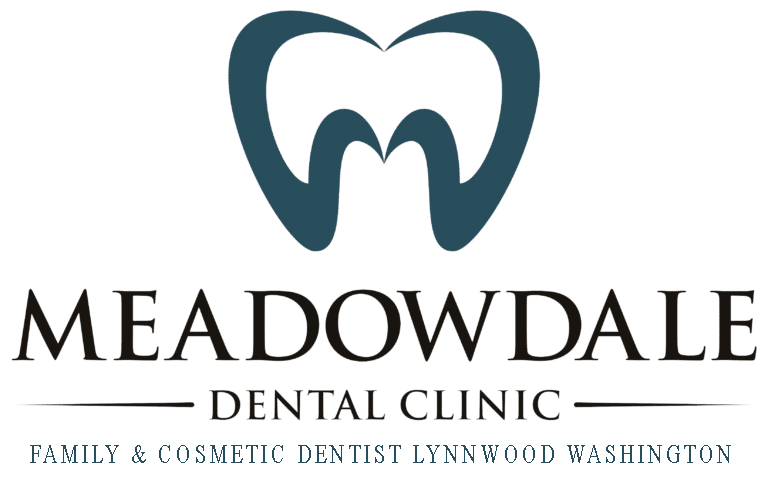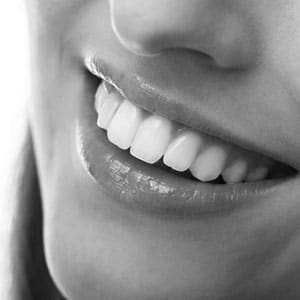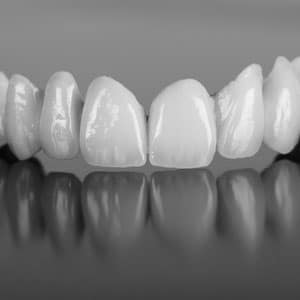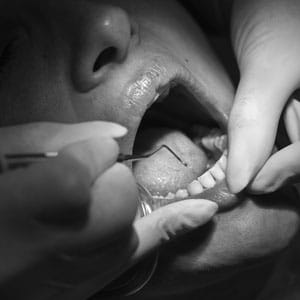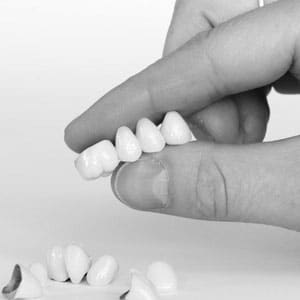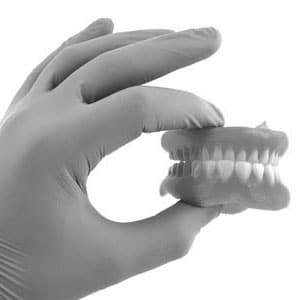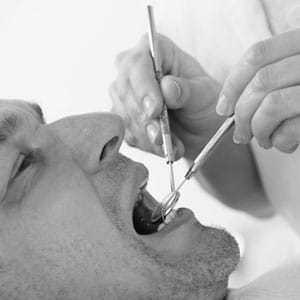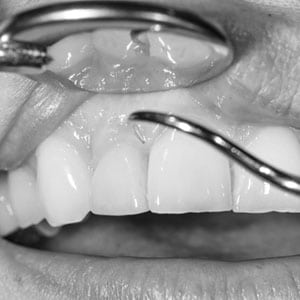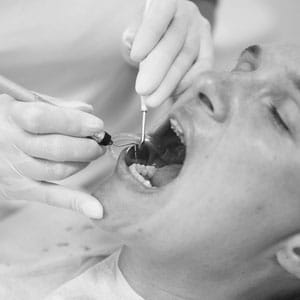
Repair Teeth With Dental Bonding In Lynnwood, WA
We are Conveniently Located in Lynnwood, Also Providing Dental Bonding for Everett, Marysville, Redmond, Shoreline, Bothell, Edmonds, And All Neighboring Communities.
If you have a cracked, chipped, or discolored tooth, you may be a candidate for dental bonding. This minimally invasive cosmetic treatment option is fast, simple, and effective for the treatment of many cosmetic conditions. Before you know it, you’ll have a smile you are proud of and one you’ll want to show off whenever you get the chance.
Specific Conditions to Look For
As mentioned above, the conditions to look for would be those of a decayed tooth. The composite can fill cavities. Dental bonding is used to repair chipped or cracked teeth. It can close up the space between teeth, and it can improve the appearance of a discolored tooth. Dental bonding can actually change the shape of your tooth, such as making a tooth look longer. Dental bonding is also often used if you have a root exposed due to your gum recession. Dental bonding can fill that root to help protect it.
Call our Office at (425) 742-9609 Today!
What is Dental Bonding?
There is little or no advance preparation necessary, and most often the dental bonding can be completed in only one dental visit. Seldom is any anesthesia necessary as well. The tooth that is being repaired will first be roughed up, and then a conditioning liquid will be applied. This preparation acts as a bonding agent to help the bonding material adhere to the tooth. The dentist most likely will use a shade guide to select the correct color to match the teeth on each side of the tooth being repaired. The dental bonding material itself is either a plastic or a resin that is then applied to the tooth.
Dental Bonding Process
After the tooth is properly prepped and the correct color has been chosen, the dentist simply applies the putty-like plastic or resin to the tooth you are repairing. The putty can be molded to the desired shape. Then a bright light, which is usually blue, or a laser is used to harden the putty-like material. After the material is adequately hardened, the dentist will continue to trim and do some final shaping with hand tools. Finally, a nice polish will be applied to match the sheen of your adjacent teeth. This entire dental bonding process can literally be done in an hour per tooth.
Any Risks Involved?
The risks are totally minimal. Dental bonding is not as strong as your natural tooth. If you bite your fingernails, chew on a piece of ice, or gnaw on a pen, you can chip the material. Otherwise, the dental bonding material can easily last several years before it may need some further repair or touch-up. The duration of the dental bonding life depends on of course the amount of bonding actually done and your own personal habits.
Call our Office at (425) 742-9609 Today!
Benefits & Advantages of Bonding
Dental bonding is popular for a number of reasons. First and foremost, it leaves your natural tooth if it is healthy. Other than the slight roughing up of the enamel to help the material adhere, no more of your original tooth is removed, like the process involved with veneers or crowns. Even though veneers are far more permanent in nature, you must remove some of your original tooth to allow the veneer to cover it.
Depending on the number of teeth you wish to repair, it is conceivable that you can have the dental bonding done in one visit. With only 30 to 60 minutes per tooth, it is easy and pain-free. No anesthesia is necessary to have dental bonding, even if it is covering exposed roots. This is a nice feature for anyone who experiences any anxiety when visiting the dental office. Dental bonding is reasonably inexpensive and might possibly be covered by your dental insurance if there is a health benefit involved. The material is available in so many shades that by applying it to a tooth, or several teeth, you can and will see a dramatic improvement in your smile. Again, you can fill in the annoying space between teeth by making those two teeth ever so wider. You can change the color. You can finish off the tops of the teeth, correcting small chips, so your bite pattern looks even. Cracked or chipped teeth can be more susceptible to harboring bacteria, leading to infection and bigger problems. With dental bonding, the tooth can actually strengthen itself overall as well. All of these are easily attainable with your dentist and dental bonding. Once the dental bonding is completed, it can be touched up at any future visits.
Taking Care of Your Teeth
In order to avoid chips, discoloration, and other dental issues, you’ll need to make sure you are taking proper care of your teeth. This all begins with at-home care. It’s important to brush, floss, and rinse twice a day, every day. You’ll also want to schedule visits with your dentist for cleanings and checkups every six months. This not only helps to keep your teeth and gums healthy, but it also allows your dentist to check for any signs of decay, damage, disease, or any other oral health issue.
It's also important to limit your sugar intake and avoid smoking or the use of any tobacco products for the health of your teeth and gums.
With proper care, you should be able to avoid the need for dental bonding in the future.
